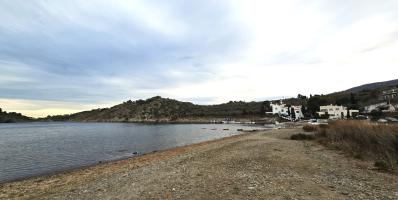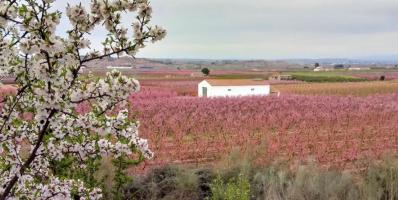Azorean lakes have lost regional biodiversity over the last 40 years
Every lake is a miniature universe: it is a space with its own temperature and salinity, in which particular flora and fauna live and certain microorganisms develop. Thanks to their diverse nature, lakes make the ecosystems to which they belong more resilient and provide society with numerous benefits, such as water cycle regulation. However, lakes are also the backdrop to many human activities and are severely exposed to global warming.




